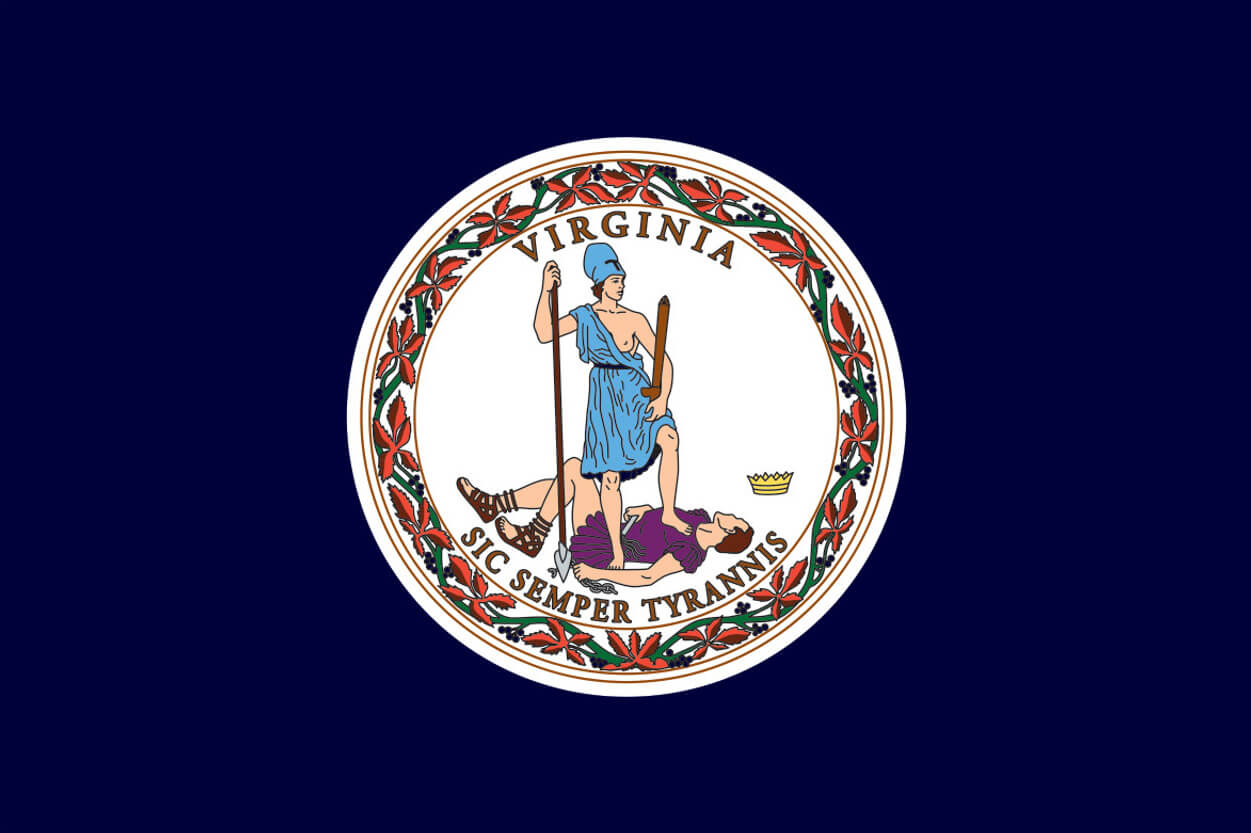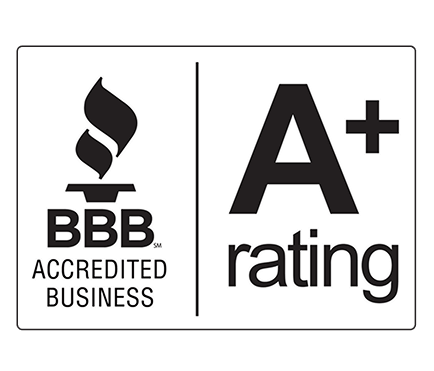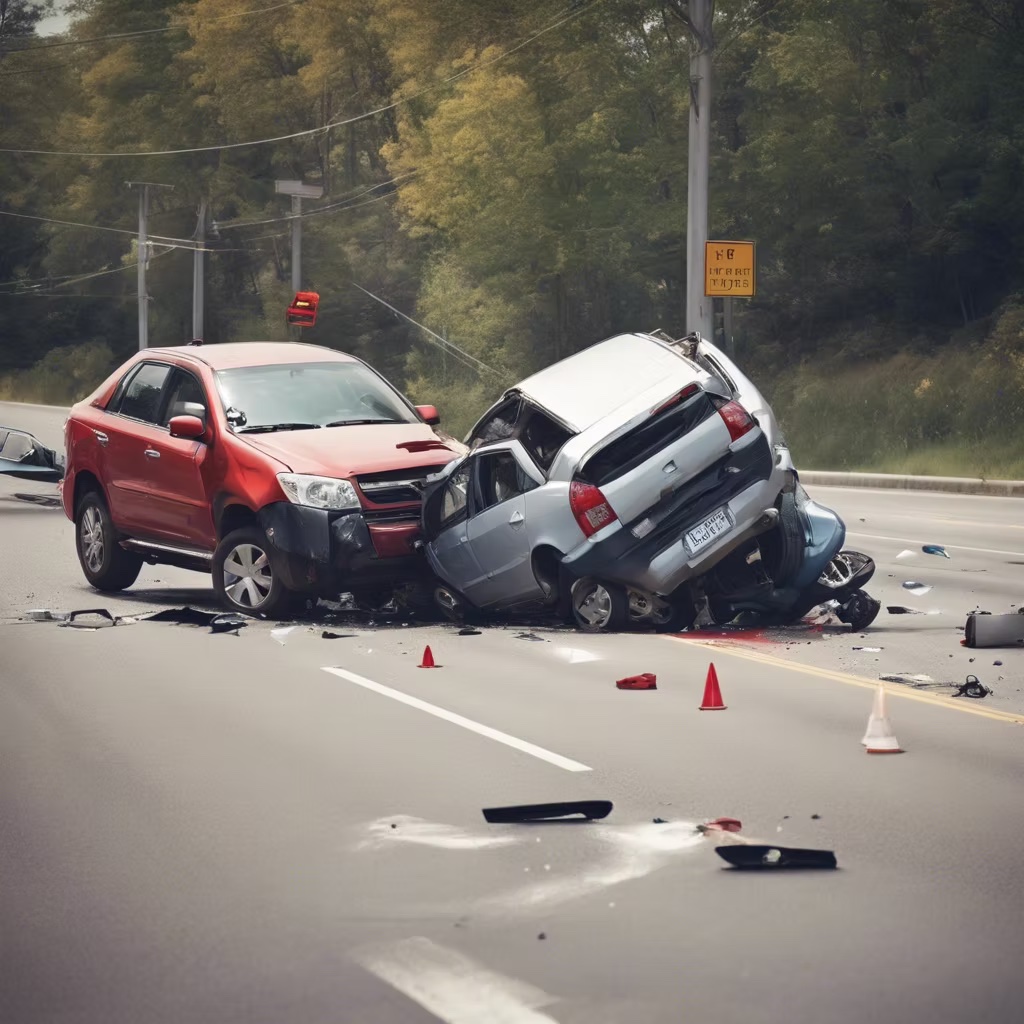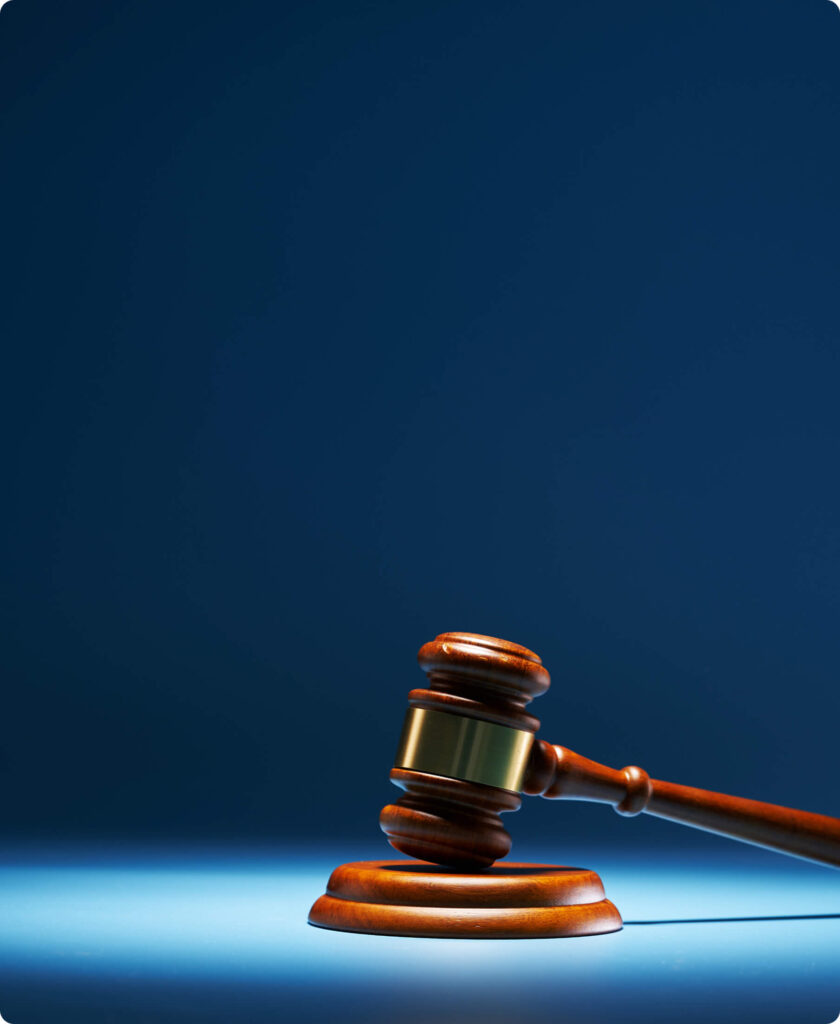Trust DVAC to
Recover the True Value of Your Vehicle.
Trust DVAC to
Recover the True Value of Your Vehicle.

Statute of Limitations to File:
File First Party Claim:
File Third Party Claim:
Diminished Value Through Uninsured Motorist Coverage:
Small Claims Max Filling:
OUR PROVEN PROCESS
Start the process with a FREE consultation when you call us at (877) 879-0101 or fill out our Appraisal Form and we will contact you within minutes!
We analyze data to determine your vehicle’s true diminished value and deliver a quick, accurate appraisal that insurance companies can’t ignore.
We don’t stop at a report. We advise and support you through negotiations every step of the way until you receive your rightful compensation.




Experiencing a vehicle accident is a distressing event that can leave lasting effects. It’s crucial to handle the aftermath with composure and a clear plan of action to safeguard yourself and others involved. Whether it’s a minor bump or a major collision, understanding the steps to take can significantly impact your recovery process. In addition […]
Read More
Diminished value is recoverable in third-party cases and through your own uninsured motorist coverage. Minimum liability coverage is required and the statute of limitations to file a claim is 5 years from the date of the accident. Virginia code 46.2-1600.
Virginia Code §46.2-1600 defined diminished value as the compensation that an insurance company is required to provide to a third-party vehicle owner. This compensation, in addition to covering cost of repair, is intended to address the reduced market value of the vehicle as a result of an accident.
Averett v. Shircliff, 218 Va. 202,206-207,237 S.E.2d 92 (1977) regarding DV: “Where the automobile is damaged but not completely destroyed the measure of damages is basically the difference between market value at the time of the injury and market value after the injury, which, where the injury is susceptible of repairs, is ordinarily measured by the cost of reasonable repairs necessary to restore the automobile to its original condition together with the diminution in value of the injured property after repairs are made.”
Even after repairs, your car may lose resale value due to its accident history—known as diminished value. Many buyers avoid damaged vehicles or expect a discount, but you have the right to file a diminished value claim. Some insurance companies won’t inform you of your right to an independent appraisal and often minimize payouts. With accurate data and a strong claim, DVAC ensures you get the compensation you deserve.
Call DVAC at 877-879-0101 for a FREE consultation or Start your Appraisal now!